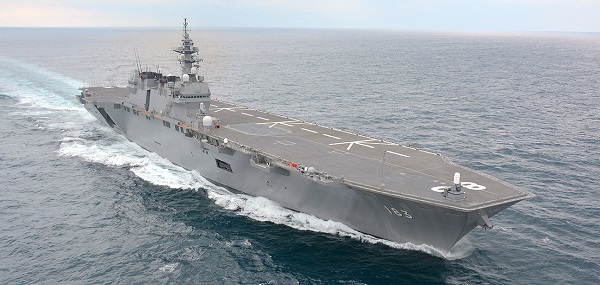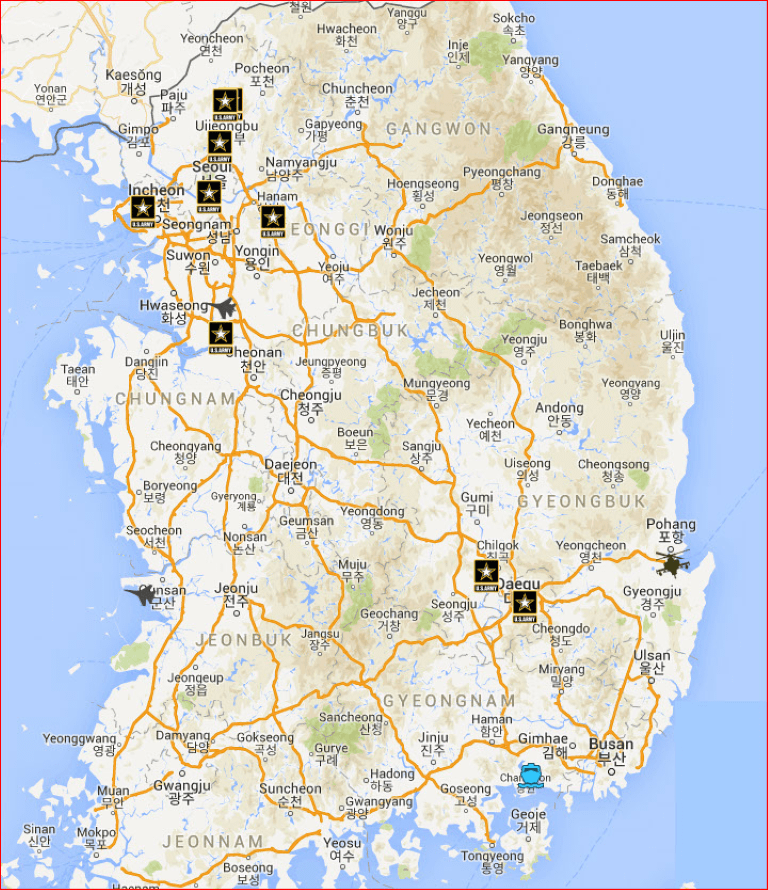Japan's LDP wants Aircraft Carrier ‘mother ship’
November 28, 2018 | Expert Insights

Japan's ruling Liberal Democratic Party (LDP) has set a proposal to introduce a multipurpose “mother ship” enabling take-offs and landings by fighter jets in its new basic defence program, which is to be submitted for review with the government before the end of this year.
Background
Japan is the third largest economy in the world by nominal GDP after America and China. It has the fourth largest purchasing power parity. It is also considered the world’s second largest developed economy. After the devastation of World War II, it achieved a steady and significant growth in the second half of the 20th century. Much of its expansion was due to its highly successful automotive and consumer electronics industries.
The Japan Self-Defence Forces (JSDF) are the unified military forces of Japan that were established in 1954. In recent years they have been engaged in international peacekeeping operations including UN peacekeeping. Recent tensions, particularly with North Korea, have reignited the debate over the status of the JSDF and its relation to Japanese society.
New military guidelines, announced in December 2010, will direct the JSDF away from its Cold War focus on the former Soviet Union to a focus on China, especially regarding the territorial dispute over the Senkaku Islands, while increasing cooperation with the United States, South Korea, Australia and India.
Japan’s constitution, which was written when Japan was under American occupation (May 1947), prohibits the maintenance of a standing military force and relinquishes Japan’s right to wage war. It also prohibits the use of force to settle international disputes.

Analysis
Japan is actively considering a new naval strategy which will upgrade its existing Helicopter carrier Izumo to a state-of-the-art "mothership". The proposed upgrade will involve stationing the fifth-generation stealth fighter, F-35B, capable of vertical take-offs and landings.
The government is set to carefully decide the details of the mothership, including the purposes of its operations and its aircraft carrying capacity at ordinary times, so as to avoid it being regarded as an attack aircraft carrier, which exceeds the scope of Japan’s exclusively defence-oriented policy.
The envisaged ship, which is expected to effectively play the role of an aircraft carrier, enabling take-offs and landings by fighter jets, is aimed at thwarting threats from Chinese military activities of the Nansei chain of remote islands in southwestern Japan.
Specifically, the government plans to renovate the Maritime Self-Defence Force’s Izumo destroyer, the country’s largest destroyer, which has a long deck extending from the ship’s bow to its stern.
The ruling Liberal Democratic Party has called on the government to acquire F-35B state-of-the-art stealth fighters used by the U.S. military, which are capable of conducting short take-offs and vertical landings, for deployment on the envisaged carrier.
The carrier needs to have a deck resistant to the high heat caused by the take-offs and landings of such fighters.
The government’s current view is that Japan is not allowed to possess naval attack ships under the country’s pacifist Constitution. Under Article 9, Japan renounces war as an instrument of the state as well as the ability to use force as a means of settling international disputes. The article also prohibits the maintenance of a standing military force, either on land, air or sea.
The existing de-facto armed force of Japan, the Japanese Self Defence Force, cannot possess specific types of military hardware which are meant for offensive purposes such as attack submarines and aircraft carriers. PM Abe has advocated for the abolishment or the amendment of Article 9 and has set the deadline for the revision of the article in 2020.
The country needs to be assured that the envisaged carrier will operate within the range of its defence-oriented policy, a senior official of Komeito, the LDP’s junior coalition partner, said.
Assessment
Our assessment is that Japan is preparing to counter growing Chinese aggression over the disputed islands in the South China Sea. The purchase of the F-35B will give Tokyo operational flexibility in the region as the plane does not require a long runway to take-off or land. We believe that Japan is aiming for a smaller but more modern and adaptable naval force.








Comments